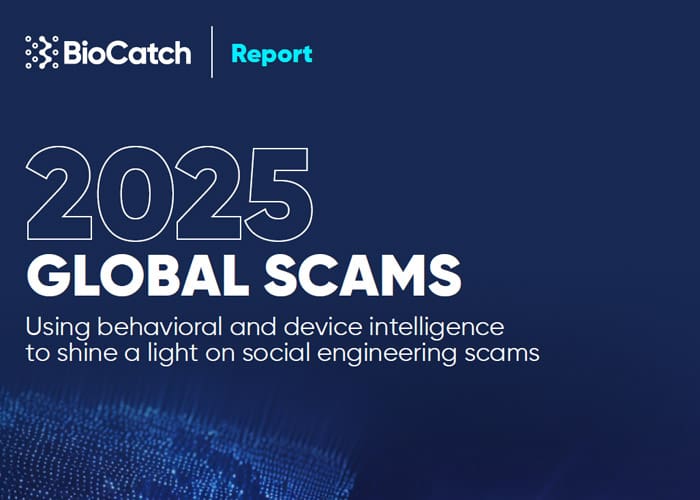The origins of authorized push payment (APP) fraud — more commonly known and henceforth referred to as “scams” — probably date back to the infamous Nigerian prince emails we all received in the 1990s. But scams as a fraud type didn’t begin its ascension to the worldwide scourge it is today (wreaking more than $1 trillion and counting in losses every year, as the most costly and prevalent form of fraud globally), until the 2008 launch of Faster Payments in the U.K. Realtime payment systems drastically improved the effectiveness of scams by all but closing the window of time during which victims could reverse their mistakes.
More recent improvements in bank defenses against unauthorized fraud gave scams another bump, as fraudsters pivoted from hacking into accounts to instead manipulating account holders into willingly granting them access. Finally, as it has every industry, GenAI has supercharged scamming (which is now very definitely an industry), lowering the barrier to entry and helping scammers scale and improve their attacks all over the world.
At its core, every scam relies on psychological manipulation, trickery, and so-called social engineering. Scammers intentionally deceive their victims, spinning yarns that convince legitimate accountholders to transfer their funds away to strangers — in the name of love, investment, commerce, paying one’s debts, employment, familial responsibility, and more.


